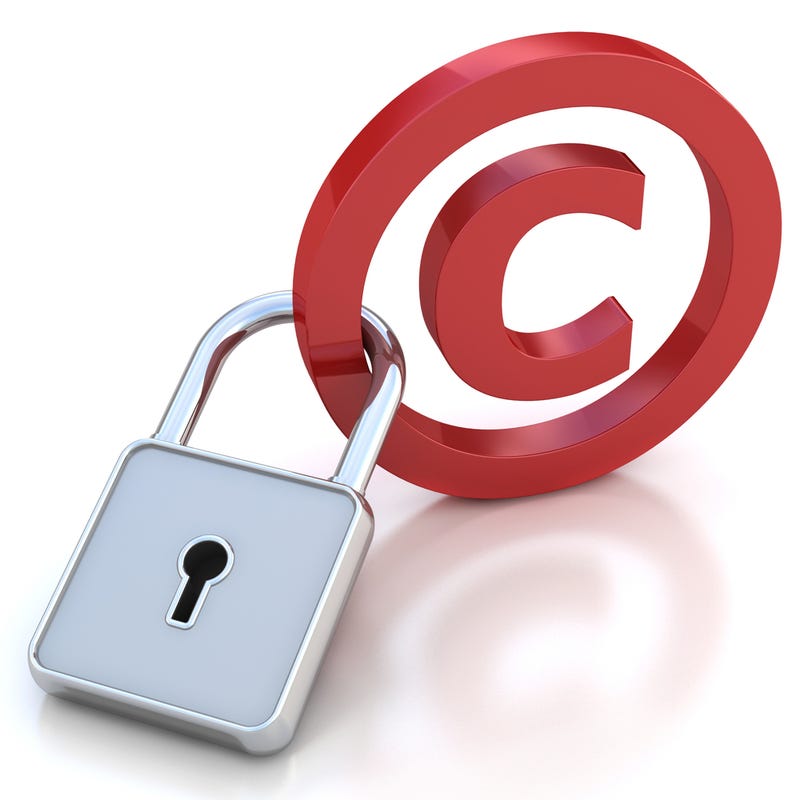Today, most people have access to tons of information giving just a click. However, it is really important to know and understand that accessibility does not mean permission to make use of copyrighted information. Students, teachers, other professionals and any person should know what are the limitations when using others' works. First, we need to know what
copyright means and then, how to prevent or avoid plagiarism which can result in high fines or even jail time. According to Wikipedia (2016),
"Copyright is a legal right created by the law of a country that grants the creator of an original work exclusive rights for its use and distribution." Some of the exclusive rights authors have are
"to made and sell copies of their works, the right to create derivative works, and the right to perform or display their works publicity." Copyright law in the United States protects creators' works 70 years after their death which is a long period of time. What is the objective of the Copyright? The objective is to protect others' original works and encourage them to continue creating science, art, literature, sculpture, drawings and music works.
 |
Copyright law in the United States
|
According to Nancy E. Willard, author of
Schools, the Internet, and Copyright law, there are some strategies that tend to fail in
Copyright infringement, such as
Downloading Copyright material from the Internet and using it in a way that violates the rights of the copyright owner, Allowing students to use the district Internet system to download copyrighted material, such as MP3 files on popular music, among others.
How can students and educators use others' works without violate the law?
Fair use is part on the Copyright law of the United States that allow people to use creators' works without their permission. Those materials should be use exclusively for
teaching, commentary, scholarship, criticism and research purpose. In other hand, if you are trying to make money $$$$$ or any other type of advantage from Copyrighted material, then, you are not protected by the fair use.
Copyright law benefits creators, however, it puts limitations to teachers when using materials in their classrooms. They can still presenting a video, image or text, however they have to follow
guidelines that prevent
plagiarism. For this reason, it is extremely important always cite sources on any work you do because that is a form to give credit to the creations or works of somedody else.
Remember that the big picture is to
interpret Copyrighted works using your own words and ideas for educational or research purposes only, and always given credit to the original creators.


No comments:
Post a Comment